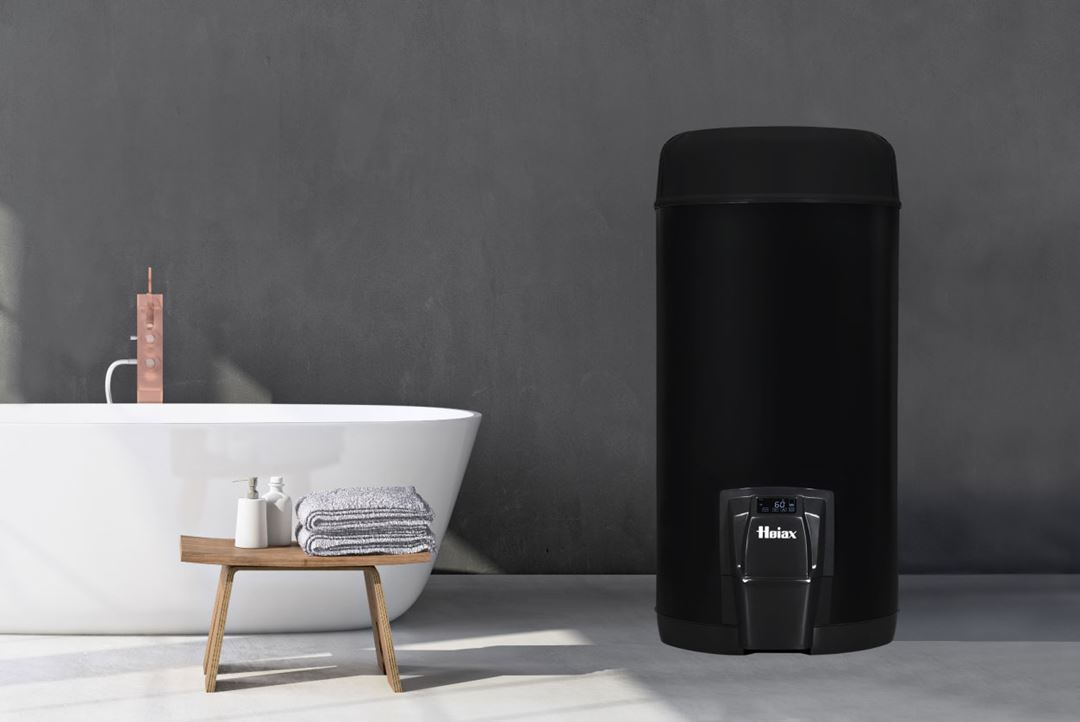InterLES will develop next-generation hot water tanks (HWT) with integrated latent heat storage to increase HWTs’ energy storage capacity and reduce energy loss and environmental impact.
If we are to achieve the EU’s ambitions of climate neutrality by 2050, we must transition away from fossil fuels and embrace intermittent energy sources, such as wind and solar energy. However, this transition will require increased flexibility from end users. Decentralised energy sources will be a key component of cultivating future, flexible energy systems as well as contributing to safeguarding energy security.
Conventional HWTs store water at an elevated temperature between 50°C and 90°C, acting as an energy storage device that provides flexibility to the consumer and, potentially, grid operators. According to Eurostat, water heating in EU households alone accounted for a significant 430 TWh of energy consumption, 42% of which was attributed to fossil-based fuels.
The growing push for decarbonization and enhanced energy efficiency combined with rising electricity prices has led to increased focus on energy storage. Energy storage provides a way to shift energy usage from costly hours and low availability of renewables to high availability and low prices. Upgrading HWTs with higher storage capacity as well as lower heat loss therefore holds significant potential to impact the green transition in addition to increase value creation. In InterLES Sintef is working together with Høiax on innovative ideas to meet these demands. Through dedicated work packages the project aims to make hot water storage solutions that will contribute to the green transition.

